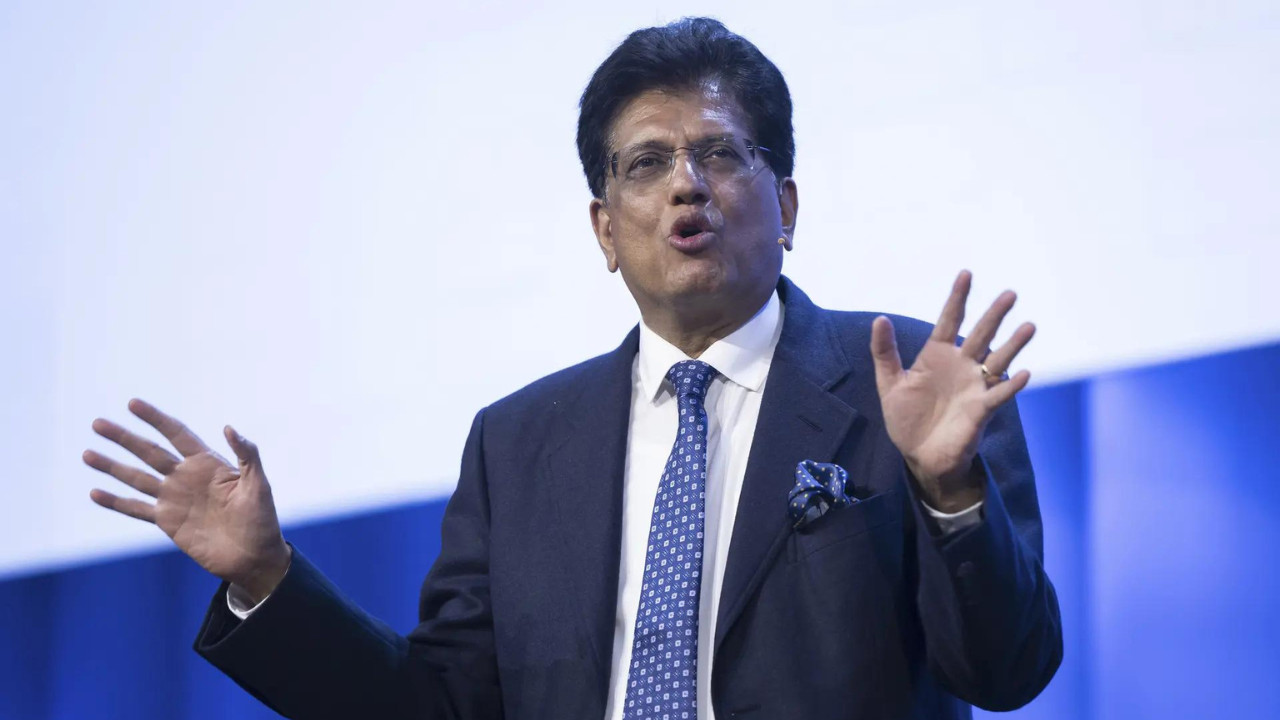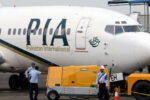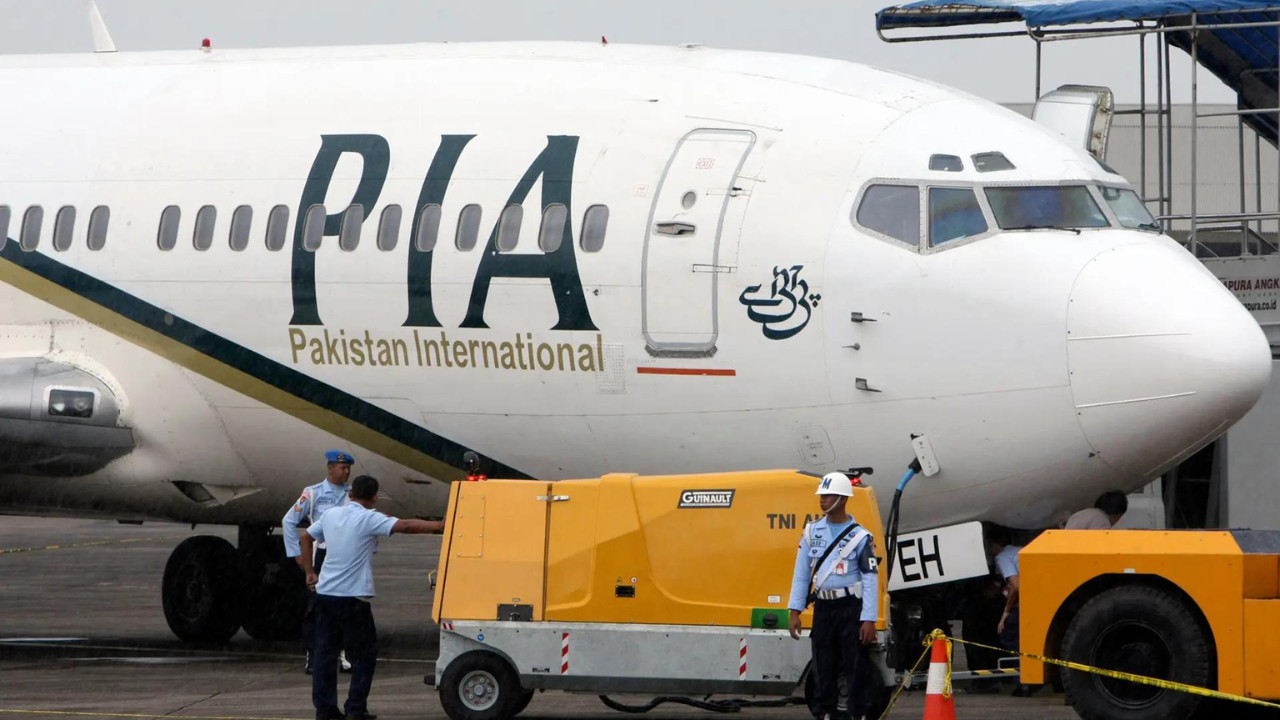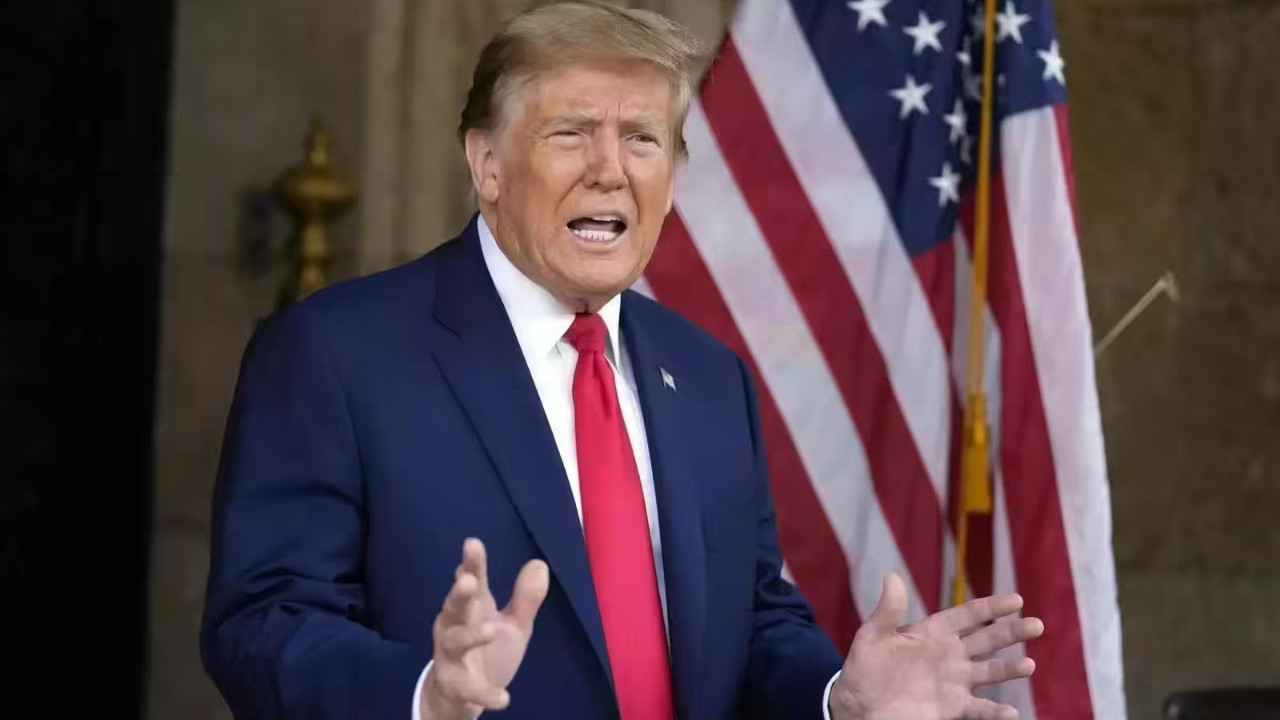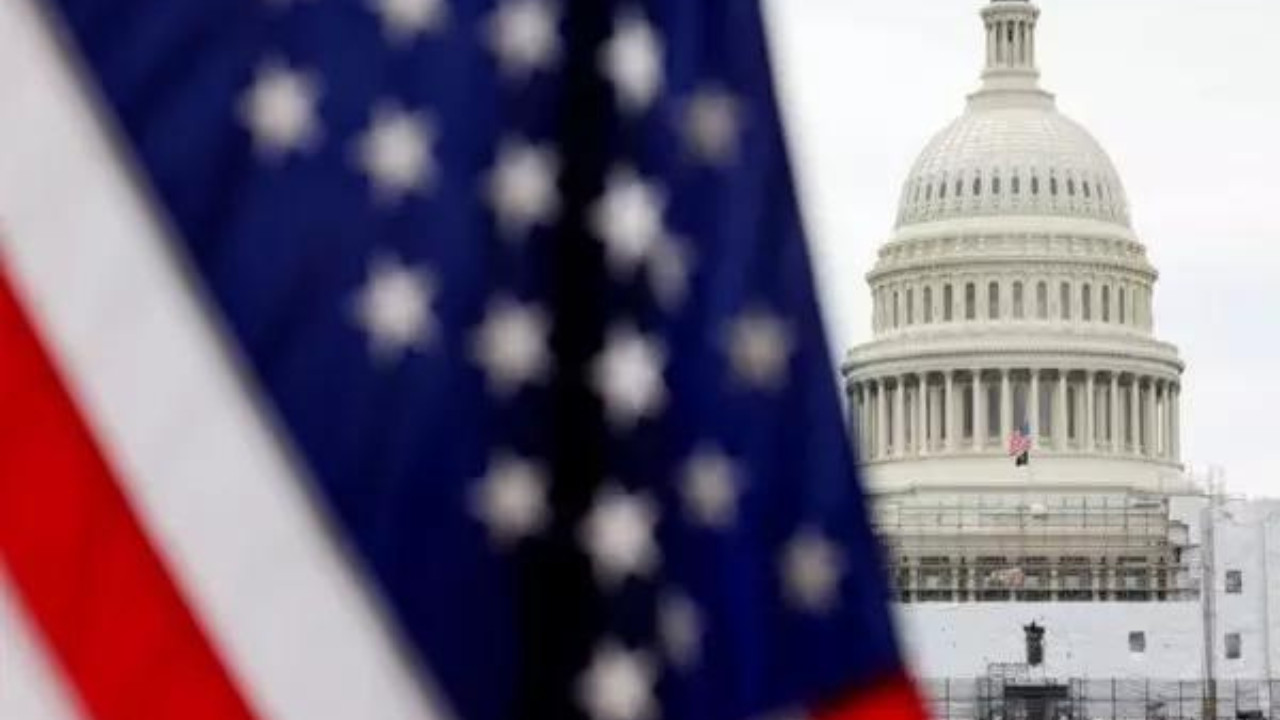Union Minister Piyush Goyal confirmed that India’s FTA with Oman is nearing finalization, while negotiations with the EU, US, Peru, and Chile are advancing rapidly. India recently concluded trade agreements with Mauritius, Australia, and the EFTA bloc, and aims to boost bilateral trade with the UK to $120 billion by 2030.
India’s Trade Winds are Shifting: A New Wave of FTAs on the Horizon
India’s trade landscape is buzzing with activity. Forget standing still; it’s a full-on sprint towards deeper global economic ties. Commerce Minister Piyush Goyal recently confirmed that a Free Trade Agreement (FTA) with Oman is practically a done deal, hinting at a seismic shift in India’s approach to international trade. But Oman is just the tip of the iceberg. Discussions with the European Union, the United States, and other key players are gaining serious momentum, promising a future where Indian businesses have unprecedented access to global markets.
The deal with Oman, nearing completion, signifies more than just reduced tariffs. It represents a strengthening of a crucial partnership. Oman, strategically located and a gateway to the Middle East and Africa, offers Indian businesses a vital foothold in these growing markets. This agreement promises to boost trade in key sectors, potentially including minerals, petrochemicals, and manufacturing, all while fostering deeper investment ties. Think of it as a superhighway opening up new lanes of opportunity for Indian exporters.
But why this sudden flurry of FTA activity? Several factors are at play. Firstly, the global economy is becoming increasingly interconnected, and nations are realizing the importance of secure supply chains and diversified trade relationships. India, with its robust economy and skilled workforce, is an attractive partner for countries seeking to reduce their reliance on single sources.
Secondly, the government’s proactive approach to trade negotiations is paying dividends. A willingness to engage constructively, address concerns, and find mutually beneficial solutions is creating an environment conducive to striking deals. There is a palpable sense of optimism and forward momentum within the Ministry of Commerce, and this translates into tangible progress on the negotiation front.

Navigating the Complexities of Trade Deals: The EU and US on the Radar
While the Oman FTA is cause for celebration, the real game-changers are the ongoing talks with the EU and the US. These are massive, complex negotiations with the potential to reshape India’s trade relationships with two of the world’s largest economies. The EU, with its single market of over 447 million consumers, represents a colossal opportunity for Indian exporters. Imagine Indian textiles, pharmaceuticals, and engineering goods flowing freely into Europe, boosting domestic production and creating jobs.
The negotiations with the US are equally significant. While a full-fledged FTA might be some time away, both countries are exploring ways to deepen trade ties through targeted agreements and enhanced cooperation in areas like technology, innovation, and intellectual property rights. The US remains India’s largest trading partner, and a stronger economic partnership would undoubtedly benefit both nations.
Successfully navigating these negotiations requires a delicate balancing act. India needs to protect its domestic industries while also opening up its markets to foreign competition. It needs to ensure that any agreement is fair, equitable, and promotes sustainable development. It’s a complex puzzle, but one that India is determined to solve.
The Road Ahead: Optimizing the Benefits of Free Trade Agreements
Securing FTAs is only half the battle. The real challenge lies in ensuring that Indian businesses are able to fully capitalize on the opportunities that these agreements create. This requires a multi-pronged approach: improving infrastructure, reducing transaction costs, and providing businesses with the information and support they need to navigate the complexities of international trade.
The government is already taking steps in this direction, investing heavily in infrastructure development and streamlining customs procedures. But more needs to be done. Small and medium-sized enterprises (SMEs), which form the backbone of the Indian economy, need targeted support to help them access new markets and compete effectively with foreign firms. This could include providing access to affordable financing, export promotion programs, and training on international trade regulations. (Read more about supporting SMEs in global trade here.)
Ultimately, the success of India’s FTA drive depends on a collaborative effort between the government, businesses, and other stakeholders. By working together, India can unlock its full trade potential and emerge as a global economic powerhouse. India’s strategic focus on free trade agreements will pave the way for significant growth in the coming years.
A Brighter Future for Indian Trade
India’s proactive stance on free trade agreements signals a promising future. The expected Oman deal, coupled with ongoing negotiations with major economic powerhouses like the EU and the US, points toward a more globally integrated and prosperous India. By optimizing these opportunities and supporting businesses, the nation can unlock its full trade potential and solidify its position as a key player in the global economy. The journey may be complex, but the destination – a thriving, trade-driven economy – is well worth the effort.
